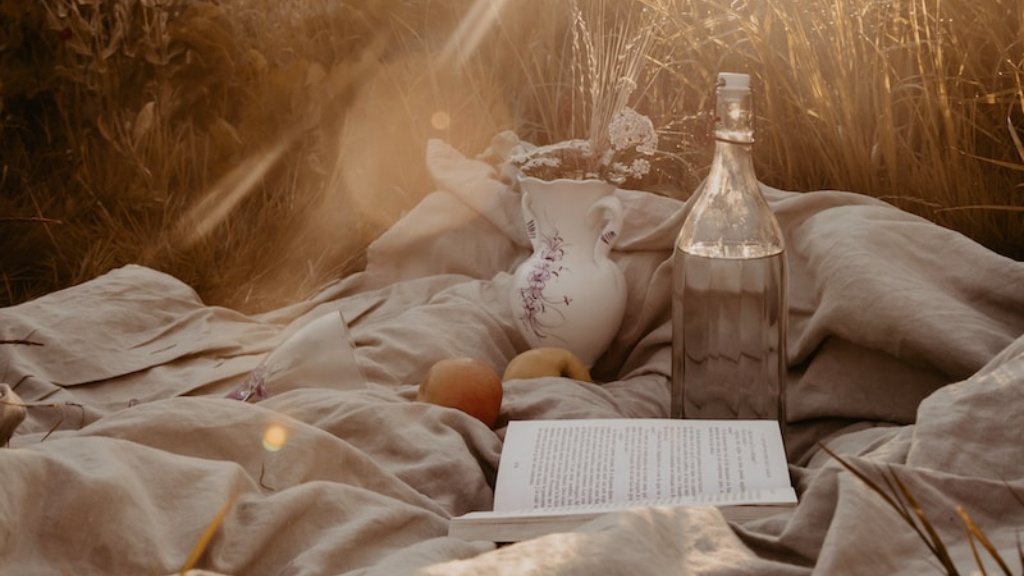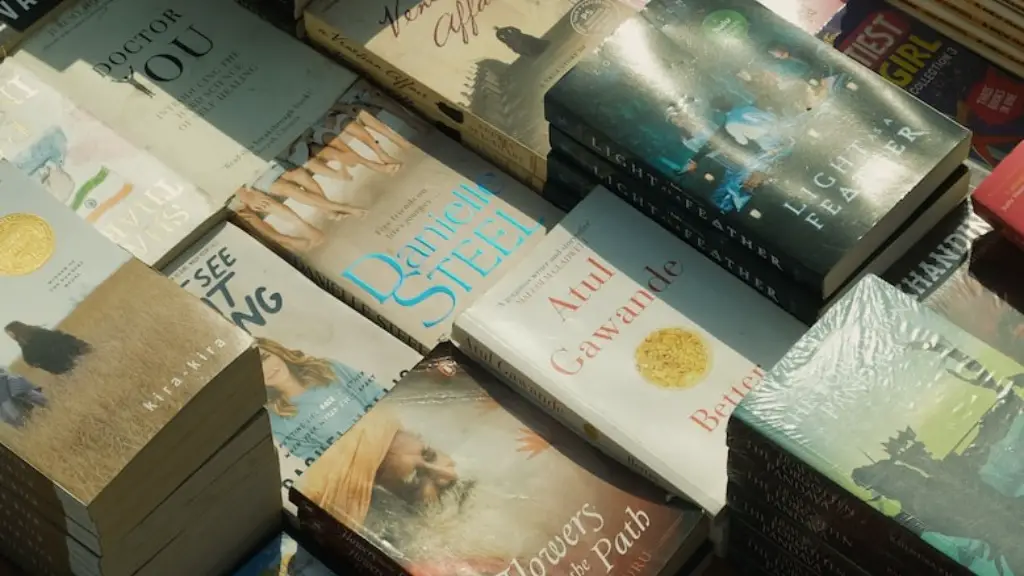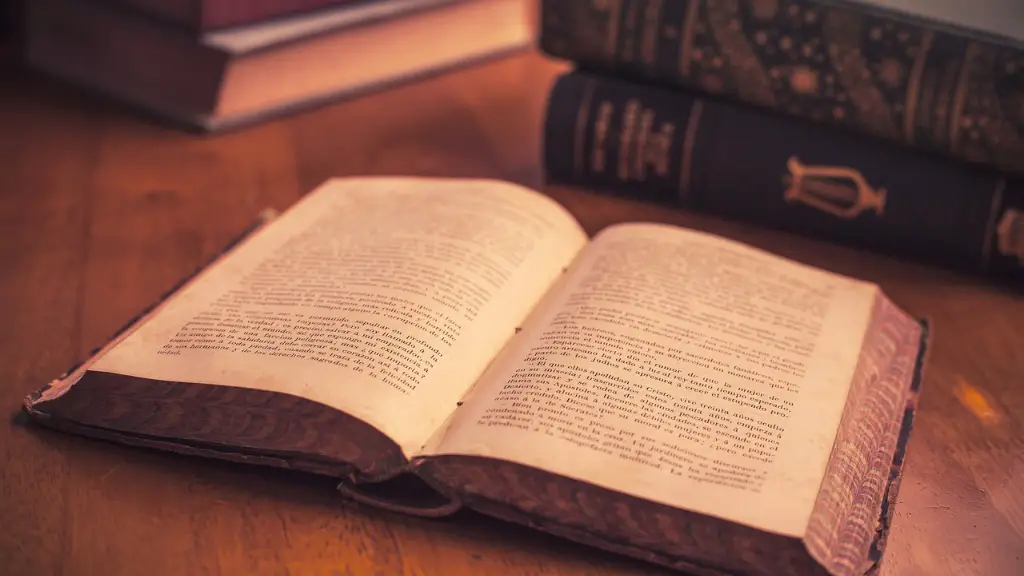In order to analyze a poem by Emily Dickinson, one must first understand her unique style. Dickinson wrote in short, often unfinished lines, with irregular punctuation and capitalization. She often used slant rhyme, metaphor, and simile. Her poems often deal with themes of death, love, and nature.
When analyzing a poem by Emily Dickinson, it is important to consider the following elements: the title, the speaker, the setting, the form, the images, and the figurative language. The title of the poem can give you some clues about what the poem is about. The speaker is the person telling the story or sharing the poem with the reader. The setting is the time and place where the poem takes place. The form is the way the poem is structured, and the images are the pictures that the poem creates in your mind. The figurative language is the use of words or phrases that are not meant to be taken literally.
What poetic techniques did Emily Dickinson use?
Emily Dickinson’s writing style is definitely unique. She used extensive dashes, dots, and unconventional capitalization, in addition to vivid imagery and idiosyncratic vocabulary. Instead of using pentameter, she was more inclined to use trimeter, tetrameter, and even dimeter at times. This made her writing style very interesting and distinctive.
When analyzing a poem, it is important to read it several times to get a full understanding of the poet’s meaning. Additionally, it is helpful to read the poem aloud, as this can help to identify the rhyme scheme and other poetic devices. It is also helpful to break down the structure of the poem and to determine the form, as this can provide insight into the poet’s intent. Finally, studying the language and content of the poem can also provide valuable information about the poet’s message.
What is the main idea of Emily Dickinson’s poem
Dickinson’s assertion of the importance of the self is evident in her work, which is full of exploration and expression of the self. For Dickinson, the act of speaking or writing is an affirmation of the will, and the poet is called to express the self to others. This theme is closely related to Dickinson’s censure of God, as she felt that God did not value the individual self.
American poet Emily Dickinson is today best known for her use of slant-rhyme, conceits, and unconventional punctuation, as well as her near-legendary reclusive habits. She was part of a prominent Amherst, Massachusetts family. Emily’s grandfather, Samuel Dickinson, was one of the founders of Amherst College. Her father, Edward Dickinson, was a lawyer and judge, who served in the Massachusetts legislature and as a member of the U.S. House of Representatives. Emily’s uncle, Austin Dickinson, was a successful lawyer and businessman, who was also one of the founders of Amherst College.
Emily was a bright student, and she excelled in her studies. She began writing poetry at a young age, and she published her first poem when she was just thirteen years old. After her father’s death in 1874, Emily became even more reclusive, and she largely withdrew from society. She continued to write poetry, though, and she produced some of her best work during this period of her life.
Emily Dickinson is now considered one of the most important American poets of the nineteenth century. Her poems deal with universal themes, such as love, death, and nature, and they are noted
What are the most significant features of Emily Dickinson’s poems?
Emily Dickinson is considered one of America’s greatest poets, and her work is known for its unconventionality. Dickinson often wrote about taboo subjects, such as death and religion, and her poems often had a dark or melancholy tone. In addition, her poems were often quite short, and many were left untitled. Dickinson was also known for her individualism and her belief in transcendentalism, and her poems reflect these beliefs. Lastly, Dickinson was known for her unbiased opinions and her realistic approach to her subjects.
Dickinson’s poems were often written in common meter, which is a four-line stanza with an alternating iambic tetrameter and iambic trimeter pattern. This pattern has a stressed-unstressed rhythm, meaning that there is a stressed syllable followed by an unstressed syllable. This pattern is also known as an 8-6-8-6 syllable pattern.
What are the 7 steps to analyzing a poem?
Poems are often short, so it is important to read them multiple times to get a full understanding. Reviewing the title can give clues as to the content of the poem. Identifying the speaker can help you to understand their point of view. Considering the mood and tone can help you to understand the overall feeling of the poem. Highlighting the use of poetic devices can help you to see how the poet achieved their desired effects. Try paraphrasing the poem to see if you can identify the main idea. Identifying the theme can help you to understand the poet’s message.
Reading a poem can be tricky, but these six steps will help you to analyze any poem you come across. Read the poem aloud to yourself, and pay attention to the rhythm and flow of the words. Then, unpack what the poem is about by looking for key words and images. Next, look for enjambment, or the way the lines of the poem flow into each other. Finally, consider the poetic form of the poem, and how this contributes to its overall meaning.
What are the five elements of poetry analysis
Meter ( metre in British spelling) is the basic rhythmic structure of a verse or lines in verse. Many traditional verse forms prescribe a specific verse meter, or a certain set of meters alternating in a particular order. The study and the actual use of meters and forms of versification are both known as prosody.
Rhyme is the similarity of two words when their final phonemes are pronounced the same, usually, but not necessarily, when they are spelled the same.
Scheme is a regular pattern of rhyme, such as abab, abba, or abcb.
Verse is a particular type of metrical composition, often with regular rhyme and a common foot.
A stanza is a unit of poetry, often with regular rhyme and meter. A stanza consists of several verse lines.
Dickinson’s work is unique in its focus on the individual experience and the inner life. She was interested in the little details of everyday life and the way they could be used to illuminate the bigger picture. For Dickinson, the personal was always political.
How does Emily Dickinson use imagery in her poems?
In her poem “Truth,” Dickinson uses the image of lightning to explore the many different ideas associated with truth. She is not searching for a definitive answer, but rather is determined to consider all of the possible options. This makes for a complex and thought-provoking poem that allows the reader to explore truth in a new and interesting way.
Emily Dickinson is a unique poet who has a couple of different tones in her poetry. She has death and suffering poems, in which she is quite pessimistic and depressing, very dark and gloomy. But she also has some poems that read like tiny essays with a cognition above and beyond all other poets.
What are some examples of metaphors in Emily Dickinson’s poems
Emily Dickinson’s poem “Hope” is about the speaker’s hope that someday she will be able to see the world again. She compares hope to a bird because it is something that is always there for her, singing to her and giving her strength. This is a powerful metaphor because it allows the reader to understand the speaker’s feelings of hope and happiness.
Emily Dickinson is one of the most important American poets of the 19th century. Her poetry is characterized by its unconventional themes, individualism, transcendentalism, spiritualism, realism and symbolism. These characteristics make her poetry unique and timeless.
What is Emily Dickinson most famous quote?
Hope is the most important thing in life because it gives us something to look forward to and motivates us to keep going even when things are tough. Hope is like a song that plays in our hearts and never fades away.
Dickinson’s poems have had a great influence on American literature. She uses original wordplay, unexpected rhymes, and abrupt line breaks to bending literary conventions, demonstrating a deep and respectful understanding of formal poetic structure even as she seems to defy its restrictions.
What is the first step to analyzing a poem
The first step to analyzing a poem is to read it carefully. Pay attention to the poem’s structure and rhythm. For example, are the lines short and meant to be read slowly? Or, does the poem move quickly, and if so, why? By close reading the poem, you will develop a better understanding of its meaning.
The first step in any analysis is to read the poem. However, you can’t just read it quickly and be done. Take the time to read like a writer. Examine the word choice and consider the meaning behind the words.
Warp Up
There is no one definitive way to analyze a poem by Emily Dickinson. However, some ways to approach her poetry include close reading to uncover hidden meaning, looking at biographical information about the poet to gain insight into her life and experiences, and comparing and contrasting different poems to see how Dickinson developed her unique style.
To conclude, in order to analyze a poem by Emily Dickinson, one must first identify the poetic devices used, such as metaphor or personification. Next, consider the theme of the poem and what it might be saying about life or death. Last, look at the form of the poem and how it contributes to the meaning.





